X
Electric hoists represent their own machinery, strength, and toughness, while the stage is elegant, flowing, and soft, with conflicts and collisions between the two.
Five common protective devices for electric hoists
Category : W12 Stage Electric Hoist
Get a Quote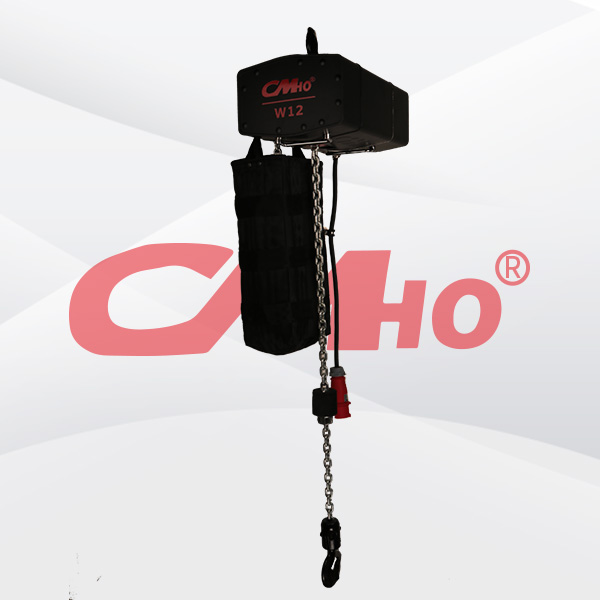
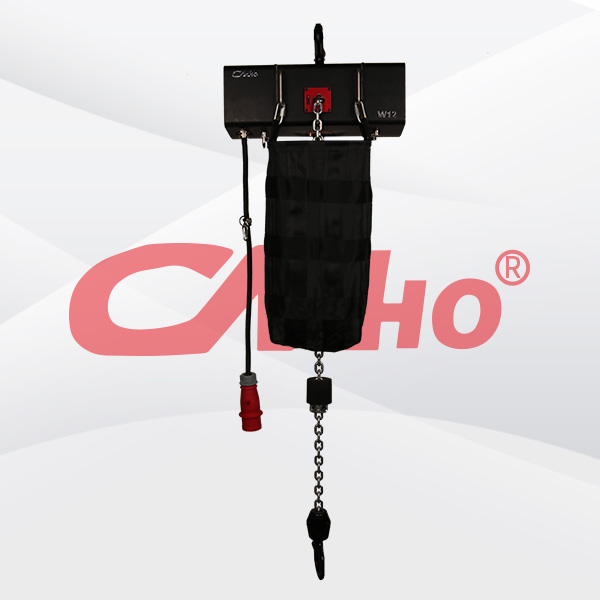
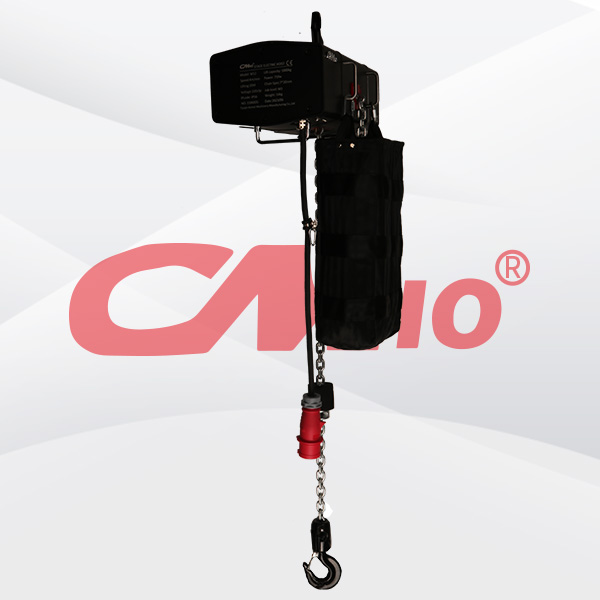
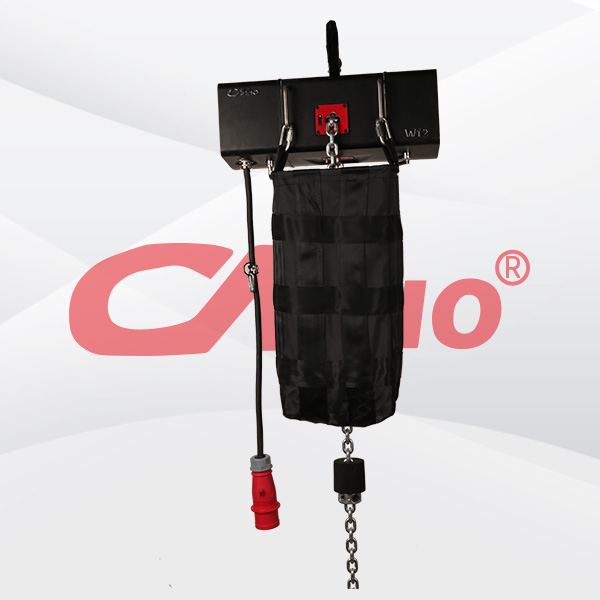





Product Details
Five common protective devices for electric hoists
The role of electrical equipment as one of the important accessories of electric hoists is very obvious. What are the five common protective devices in electrical equipment? Let's analyze them one by one:
1. Lift limit position limiter: In the past, the lifting limit device was a heavy hammer type. The heavy hammer type limit device can only pray for power outage and parking when lifting to the highest limit position, and cannot control the lowering limit position. At present, the vast majority of lifting limiters are bidirectional limiters, which are used in conjunction with rope guides. When the drum rotates to lift a heavy object, the steel wire rope is wrapped around the rope guide and moves the stopper at one end of the limit switch's guide rod, causing the limit switch to power off and stop at the upper limit position. The drum rotates in the opposite direction to lower the load, and the rope guide moves in the opposite direction to the other stop of the guide rod of the limit switch. The guide rod is then moved to cut off the power of the limit switch and stop the machine until it reaches the maximum lowering position.
2. Operating limit position limiter
The limit switch, also known as the travel switch, is installed on the lifting trolley (double hoist) and end beam of the hoist crane. A safety ruler is installed at an appropriate position on the lifting trolley track and the crane crane crane running track end. When the travel switch touches the safety ruler, it will immediately cut off power and stop to the limit position.
3. Safety alarm device: Safety alarm devices are often used in conjunction with overload limiters. Generally, when the load reaches 90% of the rated lifting capacity, they can emit warning models, such as indicator lights and buzzers for sound and light display. Some may be equipped with lifting capacity displays on flashlights.
4. Overload limiters: In order to prevent accidents caused by overloading and lifting heavy objects, electric hoists should generally be equipped with different types of lifting weight limiters. The currently used overload limiters can be roughly divided into mechanical spring compression rod type, lever type, and friction plate type force sensing type, current detection type, and load measurement type according to their structure and principle. The recommended and widely used one is the force sensing overload limiter.
5. Phase sequence protection: Phase sequence protection, also known as phase mismatch protection, is currently not available in domestically produced CD and MD electric hoists. Only imported AS electric hoists have this protection function. Wrong phase protection is used in conjunction with the limit up position limiter, that is, when designing the limit up position limiter, a pair of switch contacts are added to the limiter. When the first pair of (limit up contacts) contacts do not work, the lifting device continues to rise and opens the second pair of contacts, cutting off the power supply of the motor. Even if the motor is wired in the wrong phase, it will not cause accidents.
Previous: Heavy Weight Cargo 2 Ton Chain Hoist
RELATED PRODUCTS .
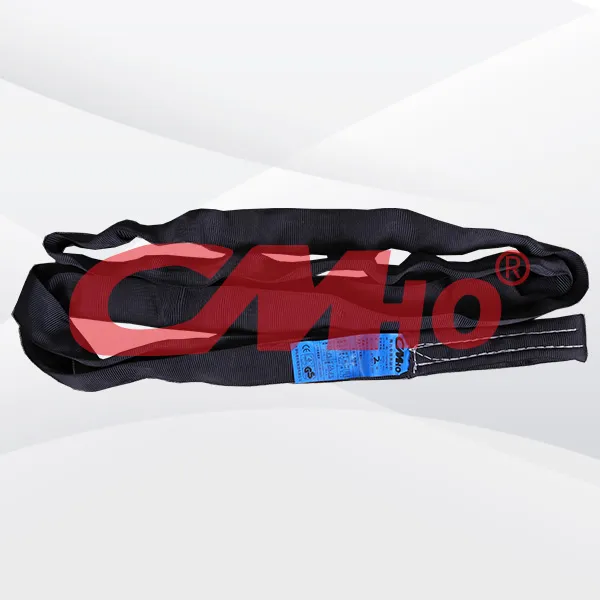
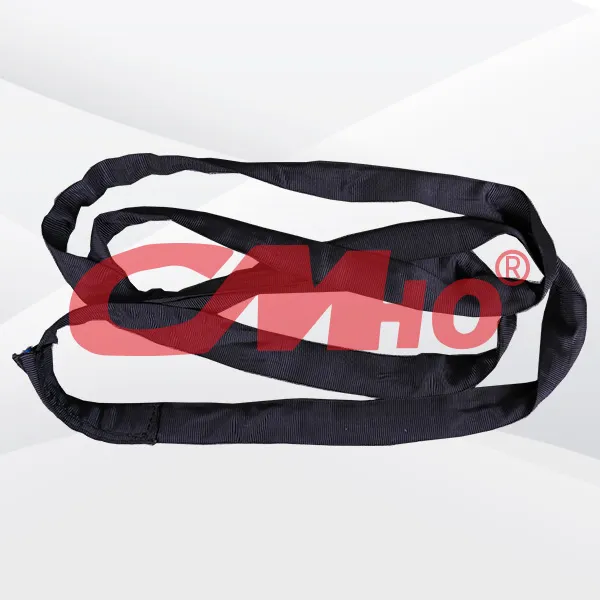
The polyester black lifting sling also features non-conductivity and no corrosion, ensuring safety and wide applicability. These characteristics make it an efficient and reliable hoisting tool, especi
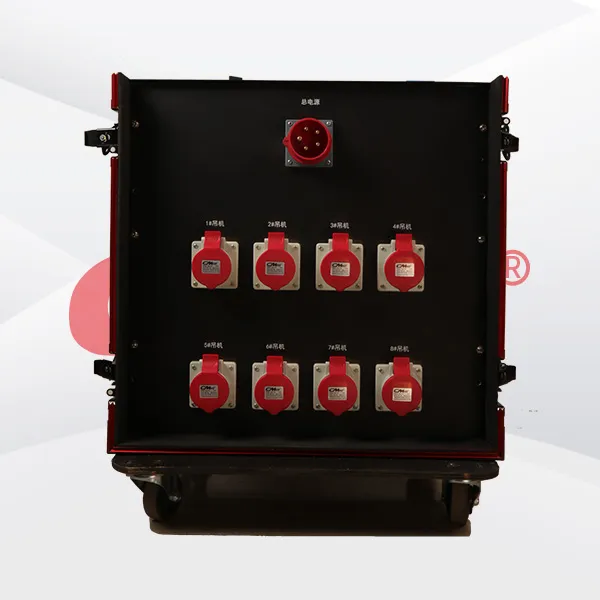
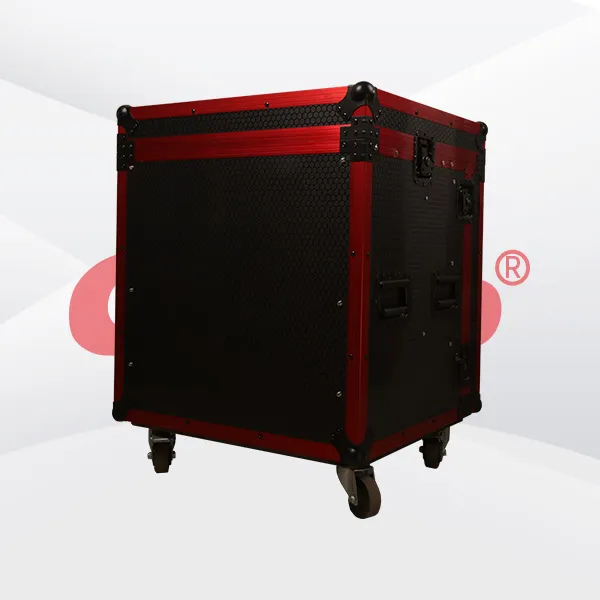
The aircraft case truss hoist controller is suitable for the quick installation and adjustment of stage lighting, sound systems, and other equipment. It performs exceptionally well in enviro

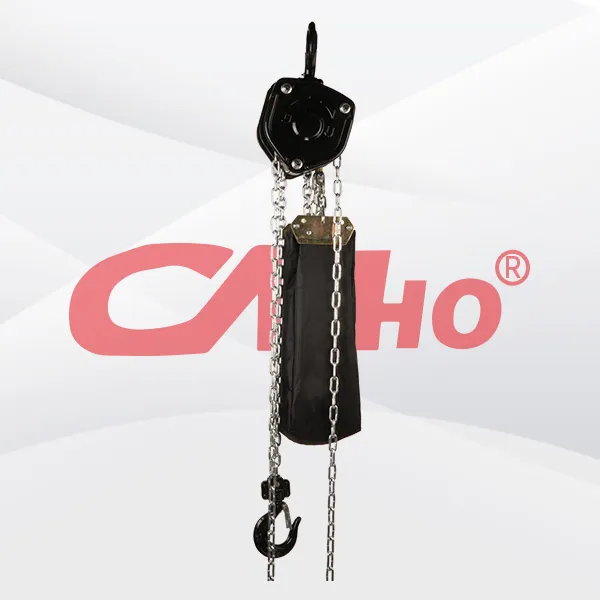
Factory-direct hand-pulled stage hoists are ideal for the quick installation and adjustment of stage lighting, sound systems, and other equipment. They perform exceptionally well in environments witho
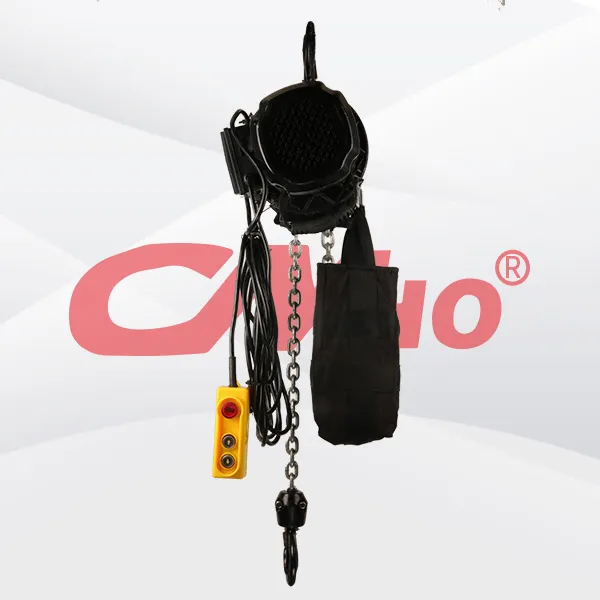
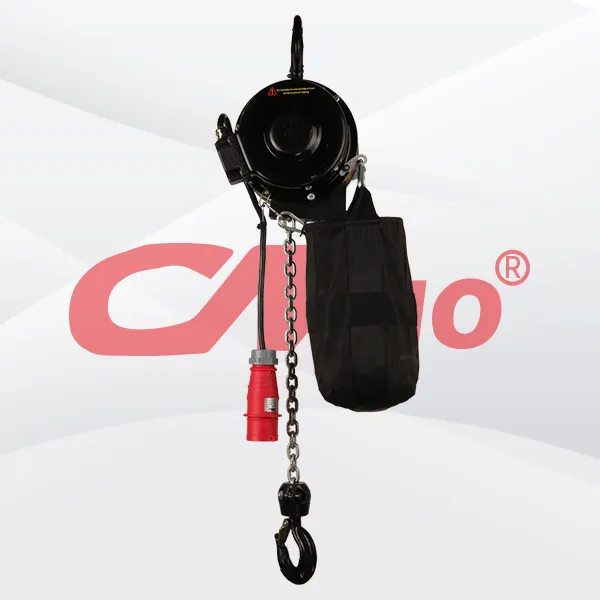
The stage truss motor equipped with a limit switch deeply integrates powerful performance, precise control, and excellent safety. It can not only easily handle the hoisting and accurate positioning of

2025-02-28
创始人
0
The participation of Tianjin Kemei in the Guangzho...
Tianjin Kemei made a remarkable and eye-catching appearance at the Guangzhou (International) Performing Arts Equipment, Intelligent Acoustic, Optical and Electrical Products...
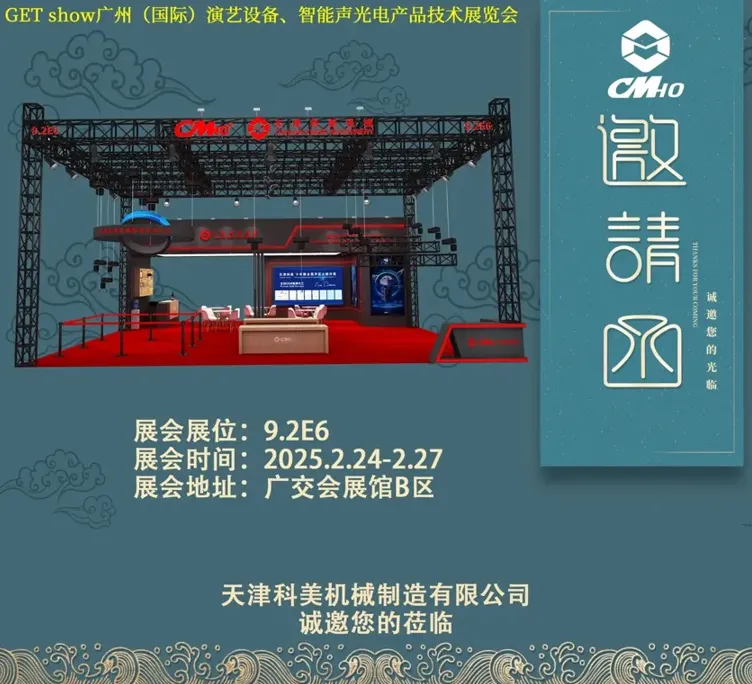
2025-02-27
创始人
0
Guangzhou (International) Performing Arts Equipmen...
In the era of the rapid development of stage lifting equipment and intelligent acousto - optic technology, every industry event serves as a crucial opportunity for innovatio...

2025-02-27
创始人
0
GET show Guangzhou (International) Performing Arts...
Tianjin Kemei Machinery Manufacturing Co., Ltd. has been deeply engaged in the stage equipment manufacturing field for many years and has developed into a modern benchmark e...

2024-09-24
admin
0
Tianjin Kemei Machinery Manufacturing Co., Ltd. Ne...
Tianjin Kemei Machinery Manufacturing Co., Ltd.: New Starting Point, New Journey - New Factory Relocation Record

